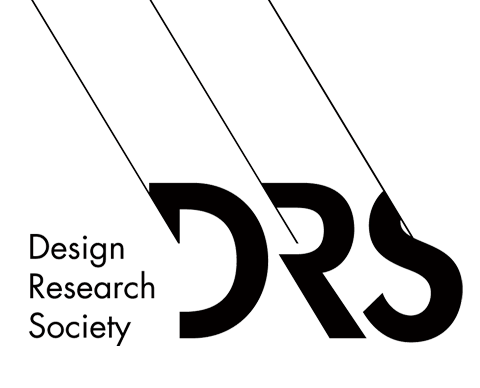Abstract
This paper investigates relational and interactive principles in spatial design. Drawing from Relational Theory of Space, Actor-Network Theory, and embodied interactivity, it examines space as a dynamic and interactive system rather than a static framework. Using the New Practice Co-Lab as a case study, the paper examines modular architectural frameworks, technological integrations, and participatory design processes that create flexible, multifunctional environments for learning and collaboration. It further explores the ambiguities of relational spatial design, highlighting its challenges and opportunities. Rather than proposing a universal blueprint, this research presents scalable principles for designing situated spaces as emergent, user-driven systems.
Keywords
Relational Design; Interaction; Architecture; Learning Spaces; Participation
DOI
https://doi.org/10.21606/nordes.2025.27
Citation
Pointner, J.,and Lang, A.(2025) Designing Relational Space: Towards Adaptive and Interactive Learning Environments, in Morrison, A., Culén, A. & Habib, L. (eds.), Nordes 2025: Relational Design, 6-8 August, Oslo, Norway. https://doi.org/10.21606/nordes.2025.27
Creative Commons License

This work is licensed under a Creative Commons Attribution-NonCommercial 4.0 International License
Conference Track
Full Papers
Included in
Designing Relational Space: Towards Adaptive and Interactive Learning Environments
This paper investigates relational and interactive principles in spatial design. Drawing from Relational Theory of Space, Actor-Network Theory, and embodied interactivity, it examines space as a dynamic and interactive system rather than a static framework. Using the New Practice Co-Lab as a case study, the paper examines modular architectural frameworks, technological integrations, and participatory design processes that create flexible, multifunctional environments for learning and collaboration. It further explores the ambiguities of relational spatial design, highlighting its challenges and opportunities. Rather than proposing a universal blueprint, this research presents scalable principles for designing situated spaces as emergent, user-driven systems.

